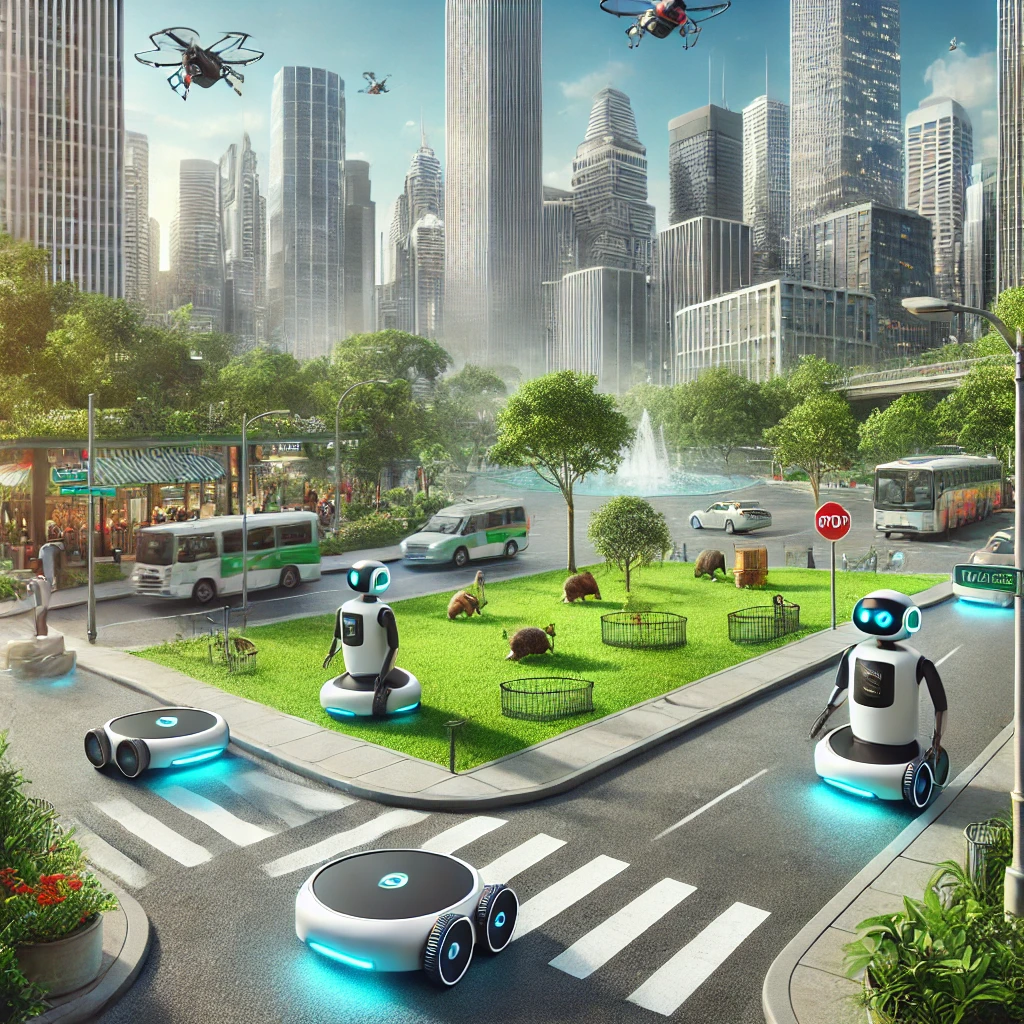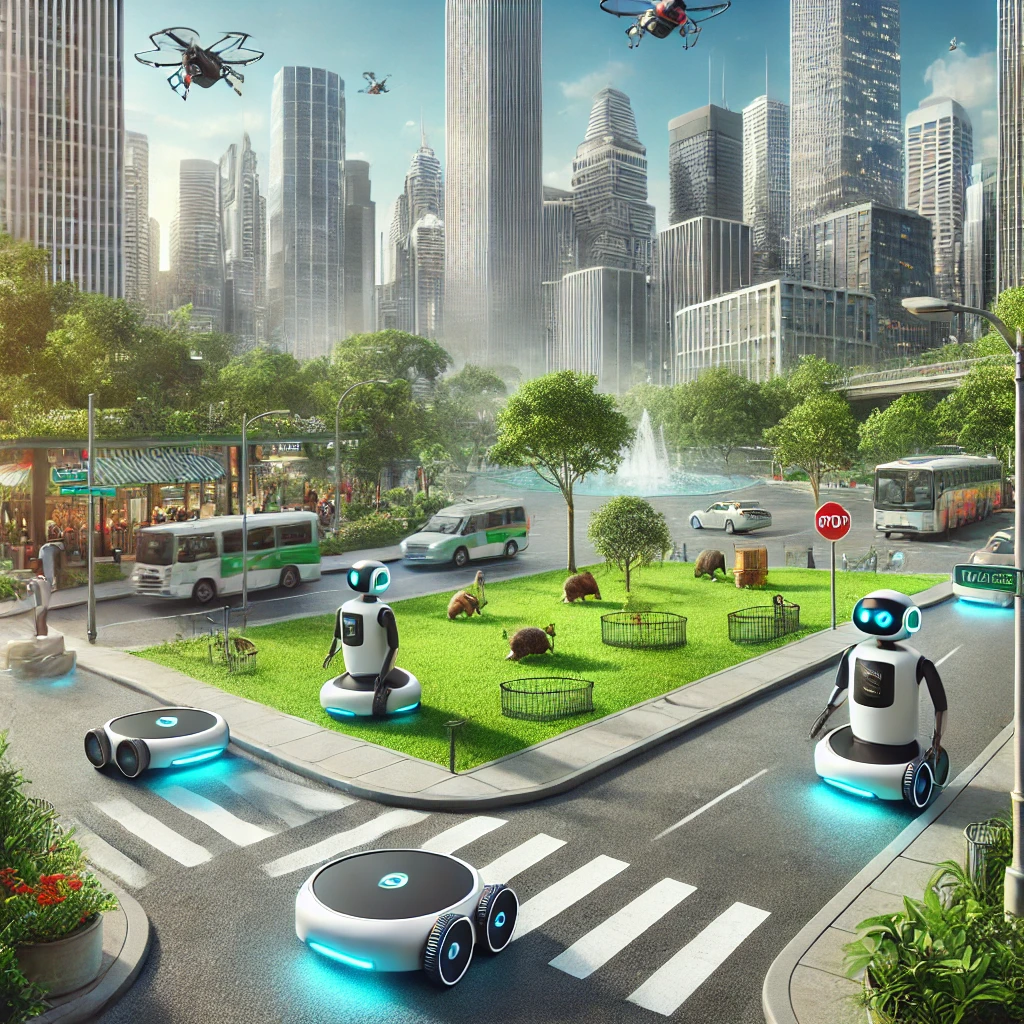
Introduction
Robotics is increasingly transforming pest control in urban environments. The integration of robotic technology provides innovative solutions for managing pest populations in cities, where traditional methods often face limitations. By leveraging robotics, urban pest control can become more efficient, precise, and environmentally friendly.
Benefits of Robotics in Urban Pest Control
- Precision and Accuracy: Robotics enables highly precise pest control measures. Robots equipped with sensors and cameras can identify pests with high accuracy and target them specifically. This precision minimizes the use of pesticides, reducing their environmental impact and enhancing the effectiveness of pest control operations.
- Continuous Monitoring: Robotic systems can provide continuous monitoring of pest populations. Autonomous robots equipped with sensors can patrol urban areas, collect data on pest activity, and detect infestations in real-time. This constant surveillance allows for timely intervention and helps prevent pest problems from escalating.
- Enhanced Safety: Robotics improves safety in pest control by minimizing human exposure to potentially harmful chemicals. Robots can perform tasks such as pesticide application and inspection without putting human operators at risk. Additionally, robots can access hard-to-reach areas where human presence might be difficult or unsafe.
- Efficiency and Cost-Effectiveness: Robots can operate autonomously and continuously, leading to increased efficiency in pest control operations. Their ability to work around the clock reduces labor costs and speeds up the pest management process. The use of robotics also lowers the need for manual intervention, optimizing resource allocation and operational costs.
Challenges and Considerations
- High Initial Costs: The initial investment in robotic technology for pest control can be significant. The cost of purchasing and maintaining advanced robotics may be prohibitive for some organizations or municipalities. Evaluating the return on investment and long-term benefits is crucial for justifying the expenditure.
- Technical Limitations: Robotic systems may face technical limitations, such as difficulties in navigating complex urban environments or dealing with varying pest species. Ensuring that robots are equipped with advanced sensors and adaptive algorithms to handle diverse pest scenarios is essential for their effectiveness.
- Integration with Existing Systems: Integrating robotic technology with existing pest control systems and urban infrastructure can be challenging. Compatibility issues and the need for infrastructure modifications may arise. Successful integration requires careful planning and coordination with other urban management systems.
- Public Perception: The use of robots for pest control may raise concerns among the public. Ensuring transparency and communication about the benefits and safety of robotic pest control can help address potential apprehensions. Public education and engagement are essential for gaining acceptance and support.
Future Directions
- Advancements in Robotics Technology: Continued advancements in robotics technology will enhance the capabilities of robotic pest control systems. Innovations in AI, machine learning, and sensor technology will improve robots’ ability to detect, identify, and manage pests with greater precision and efficiency.
- Integration with Smart City Initiatives: Integrating robotic pest control with smart city initiatives can create a more cohesive approach to urban management. By combining robotics with IoT sensors and data analytics, cities can develop comprehensive pest management strategies that leverage real-time data and automation.
- Development of Specialized Robots: Developing specialized robots for different types of pests and urban environments will improve pest control effectiveness. Customized robots designed for specific pest species or urban conditions can address unique challenges and enhance overall pest management efforts.
- Collaboration and Research: Collaboration between researchers, technology developers, and urban planners will drive innovation in robotic pest control. Continued research and development will help overcome existing challenges and explore new applications for robotics in urban pest management.
Conclusion
Robotics offers a transformative approach to pest control in urban spaces, providing benefits such as precision, continuous monitoring, enhanced safety, and increased efficiency. While there are challenges related to costs, technical limitations, and integration, the future of robotic pest control holds promising advancements and opportunities. Embracing robotics in urban pest management can lead to more effective and sustainable solutions for dealing with pest issues in cities.

